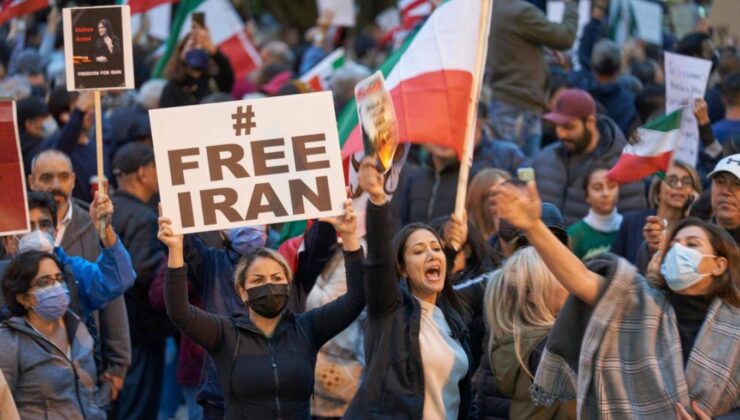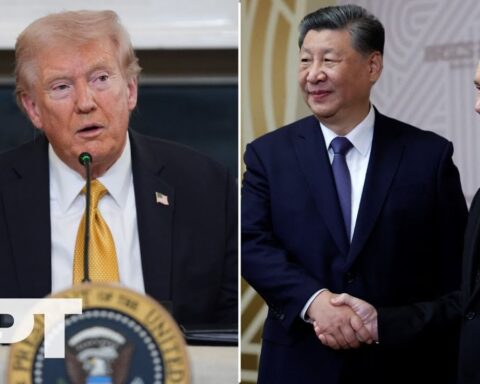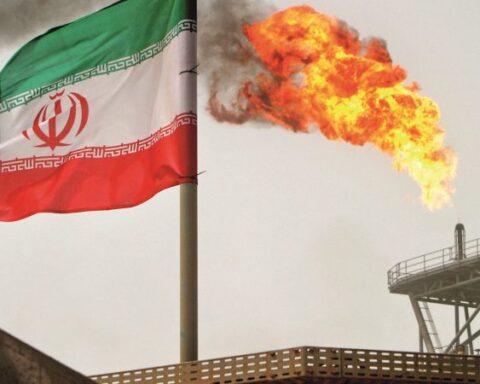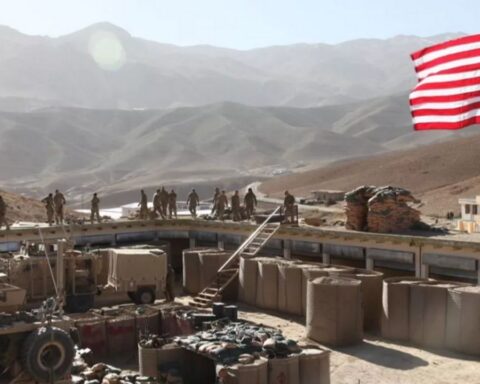Iran’s regime is crumbling under economic collapse, mass dissent, and regional isolation—making democratic transition less a question of if, and more of when.
The Islamic Republic of Iran is facing unprecedented pressure from both within and outside its borders. Internally, economic collapse, widespread political disillusionment, and mass rejection of religious authoritarianism have profoundly weakened the regime’s legitimacy. Externally, Iran’s regional influence is diminishing as its proxies suffer military defeats and diplomatic isolation. Although the precise timing is uncertain, the convergence of these pressures makes regime change in Iran increasingly likely. For Western policymakers, this is not the time for short-term crisis management—it is the time to prepare for a democratic transition.
Internal Fault Lines
Popular Rejection of the Regime
Forty-six years after the Islamic Revolution, Iranian public sentiment has turned sharply against the ruling elite. A 2022 survey by the Group for Analyzing and Measuring Attitudes in Iran GAMAAN found that nearly 90% of Iranians do not support the Islamic Republic as a system of governance. Additionally, 73% of respondents favor the separation of religion from politics—directly opposing the regime’s theocratic foundations. Calls for secular democracy and respect for human rights transcend ideological boundaries. Opposition comes from a wide range of constituencies—women’s rights activists, students, laborers, ethnic minorities, monarchists, secular republicans, and even traditional religious groups. The 2022–2023 “Woman, Life, Freedom” protests, sparked by the death of Mahsa Amini while in morality police custody, revealed a society no longer willing to endure repression. The Islamic regime is increasingly unable to enforce its compulsory hijab law, as millions of Iranian women openly defy it. At the same time, hardline factions within the regime are pressuring authorities to crack down and strictly implement the law. Yet the regime finds itself paralyzed—unable either to grant women the freedom to choose their clothing or to return to the mass arrests and repression of earlier years. The gulf between state and society has grown irreparably wide. Reform is no longer seen as a viable option. Today, the Iranian people themselves pose the greatest threat to the regime’s survival—more so than any external actor.
Economic Collapse and Systemic Corruption
While international sanctions have taken their toll, internal mismanagement and corruption have been far more damaging. Inflation remained above 40% in 2023, and youth unemployment continues to exceed 20 % communities face water and electricity shortages, sparking frequent protests. Power outages in major cities have crippled factories and intensified job losses, according to the Trading Economics, 2003. The Islamic Revolutionary Guard Corps (IRGC) controls vast segments of the economy—including banking, oil, construction, and telecommunications—operating without civilian oversight or legal accountability. This militarized monopoly has suffocated the private sector and entrenched a deeply corrupt economic order. This military-economic monopoly has hollowed out Iran’s private sector, stifled innovation, and entrenched a mafia-like governance model incompatible with a modern economy. The recent explosion at Bandar Abbas port, reported caused by the IRGC’s misuse of civilian companies to import missile fuel, killed more than 70 people and injured over 1,200, according to Iran International TV. The disaster has intensified public anger against the regime’s anti-national behavior.
Collapse of Electoral Legitimacy
Electoral participation has plummeted. The 2021 presidential election saw official turnout fall to 48%—its lowest since 1979—with many voters spoiling their ballots in protest. Independent research suggests actual turnout may have been closer to 20%. Years of tightly controlled elections, in which only regime-approved candidates can run, have rendered voting meaningless for most citizens. Each election cycle now reinforces cynicism rather than hope. What remains is a regime with no credible democratic mandate and a leadership structure that commands neither trust nor respect.
External Pressures and Geopolitical Decline
Waning Influence of Proxy Networks
Tehran’s long-standing strategy of regional power projection through proxy militias is in steep decline. In Gaza, Hamas—backed by Iran—suffered severe military losses during and after the October 2023 conflict with Israel. Hezbollah, once a key Iranian asset in Lebanon, has been politically isolated and is increasingly rejected by the Lebanese public. In Syria, a shifting power dynamic and regime realignment have weakened Iran’s position. Iranian-backed militias in Iraq have been disbanded or absorbed into the national military, and the Iraqi government faces growing pressure to distance itself from Tehran. In Yemen, U.S. and British airstrikes have severely weakened the Houthis and following the Houthi missile attack on May 4, which reportedly landed just 100 meters from Israel’s largest airport, there is a certain Israel strikes against sites within Iran, since according to the Isreal government this attack could not be down from Houthi but only from the Islamic Republic. This could mark a turning point in the regional conflict that could pave the way for a significant shift in the balance of power there—even potentially contributing to regime change in Yamen. These are not isolated setbacks—they mark the erosion of Iran’s regional deterrence and ideological influence. The IRGC’s Quds Force, once a cornerstone of Tehran’s foreign policy, is increasingly ineffective.
Military Failures and Strategic Exposure
Iran’s direct missile and drone attacks on Israel in April 2024 were largely intercepted, revealing the significant limitations of its conventional military capabilities. In response, Israeli airstrikes targeted key Iranian military assets, including air-defense systems, a UAV production facility, and missile manufacturing sites. These strikes inflicted substantial damage on Iran’s air defense infrastructure, while all Israeli aircraft returned safely to base—further highlighting the imbalance in operational effectiveness.
The Nuclear Program: From Leverage to Liability
Iran’s nuclear program, once a potent tool of international negotiation, is now a growing liability. Uranium enrichment has reached 60% purity—dangerously close to weapons-grade—alarming not just the West but also Gulf Arab states and China. Negotiations between Washington and Tehran now offer the regime a binary choice: surrender its nuclear ambitions or face possible military intervention. Even if sanctions were lifted, Iran’s economy would struggle to recover due to decades of corruption and financial decay. More importantly, the Islamic Republic lacks both domestic and international credibility. It is no longer viewed as a rational or trustworthy state actor. The nuclear issue has become a rare point of international consensus. It has strengthened calls for containment and prompted renewed military readiness, contributing to Iran’s deepening isolation.
Iran’s growing internal unrest and external failures present a strategic opportunity for the United States and its allies. The West should begin planning for a future without the Islamic Republic. The Islamic Republic’s foundational pillars—religious legitimacy, economic governance, and regional power—are in collapse. Though the regime still holds coercive control through its security forces, it has lost its societal foundation. Regime change in Iran is no longer a distant hope—it is an increasingly likely outcome. The question for Western leaders is not if it will happen, but how to help shape a peaceful, stable, and democratic transition.
***
Dr. Fariba Parsa holds a Ph.D. in social science, specializing in Iranian politics with a focus on political Islam, democracy, and human rights. She is the author of Fighting for Change in Iran: The Women, Life, Freedom Philosophy against Political Islam. Dr. Parsa is also the founder and president of Women’s E-Learning in Leadership (WELL), a nonprofit organization dedicated to empowering women in Iran and Afghanistan through online leadership education and training.
Source: https://amgreatness.com/2025/05/10/why-regime-change-in-iran-is-becoming-inevitable/






